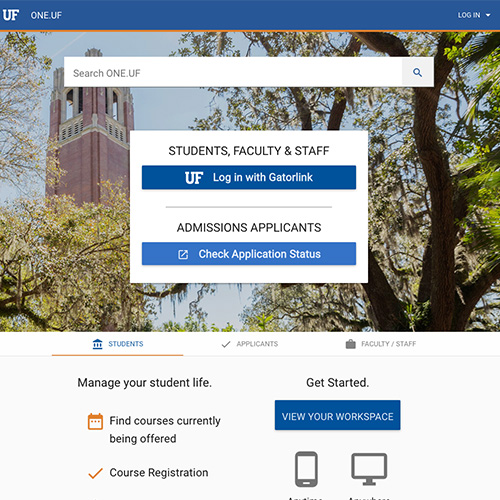FEAP 3i.- Support, encourage and provide immediate feedback and specific feedback to students to promote students’ achievement
Printable Version (.pdf)
|
UNSATISFACTORY |
DEVELOPING |
ACCOMPLISHED |
EXCEPTIONAL |
| Teacher says, “nice job” to students when circulating.
Teacher simply puts an A on a student’s weeklong writing assignment. The teacher forges ahead with a presentation without checking for understanding. (D) The teacher says: “Good job, everyone.” (D) Teacher scans class from her desk to be sure all students are on task. |
Teacher asks: “Does anyone have a question?” as she circulates the room.
Teacher writes, “Improved paper!” on a student’s weeklong writing assignment. The teacher, after receiving a correct response from one student, continues without ascertaining whether all students understand the concept. (D) Teacher says, “You guys all got this right, I guess I need to try harder questions!” Teacher uses guided practice if students cannot perform the skill, strategy, or process independently. (M) Teacher uses “wait time” effectively. (M) Teacher provides manipulatives to student struggling with fractions. |
The teacher circulates during small group or independent work, offering suggestions to groups of students. (D)
Teacher writes, “Improved details throughout the paper.” on a student’s weeklong writing assignment. Teacher gives students a rubric with specific detailing expectations for their “Biography” assignment. The teacher uses a specifically-formulated question to elicit evidence of student understanding. (D) After conferring with a student while circulating the room, the teacher says, “I’ll be back by in a few minutes to check in with you and see how things are going!” Teacher does a “whoop whoop” after a struggling student gave a correct response. Teacher is heard saying, “I love the use of a question as a hook for your story!” Teacher uses technology to monitor student progress. (M) Teacher winks at a student after they displayed their response on a white board. Teacher asks students to use their “Think Log” to reflect on their understanding of how dialogue can propel the action, reveal aspects of a character or provoke a decision. (M) After a lesson on insects, the teacher asks her first graders to stand and share one thing they learned about insects. (M) |
The teacher reminds students of the characteristics of high-quality work (the assessment criteria), suggesting that the students themselves helped develop them. (D)
While students are working, the teacher circulates, providing substantive feedback to individual students. (D) The teacher uses exit tickets to elicit evidence of individual student understanding. (D) Students evaluate a piece of their writing against the writing rubric and confer with the teacher about how it can be improved. (D) Teacher tells students to have a peer edit their paper before turning it in grading. (M) Teacher volunteers books and web sites as resources at the back table as needed by the entire class, groups of students, or individual students. (M) Teacher assigns a student the next level of difficulty after reviewing the student’s scores via website records. (M) Teacher asks students to offer feedback to their classmates on their work. (M) Teacher asks students to share their “Think Log” entries where they were asked to reflect on their understanding of how dialogue can propel the action, reveal aspects of a character or provoke a decision. (M) After a lesson on insects, the teacher asks her first graders to stand and share one thing they learned and ask one question they have about insects. (M) |
Where noted, examples based on:
“(D)” – Danielson C. (1996). Enhancing professional practice: A framework for teaching.
Alexandria, Va: Association for Supervision and Curriculum Development.
“(M)” – Marzano, R. J. (2007). The art and science of teaching: A comprehensive
framework for effective instruction. Alexandria, Va: Association for Supervision and Curriculum Development.
Possible Resources:
Types of Feedback
http://serc.carleton.edu/NAGTWorkshops/affective/motivation.html
http://www.ascd.org/publications/books/108019/chapters/Types-of-Feedback-and-Their-Purposes.aspx
http://www.edutopia.org/blog/grading-tips-student-feedback-heather-wolpert-gawron
A lot of strategies and formative assessment ideas
https://sites.google.com/a/eusd.org/kjosephson/home/formative-assessment
Websites with activities that provide immediate feedback:




